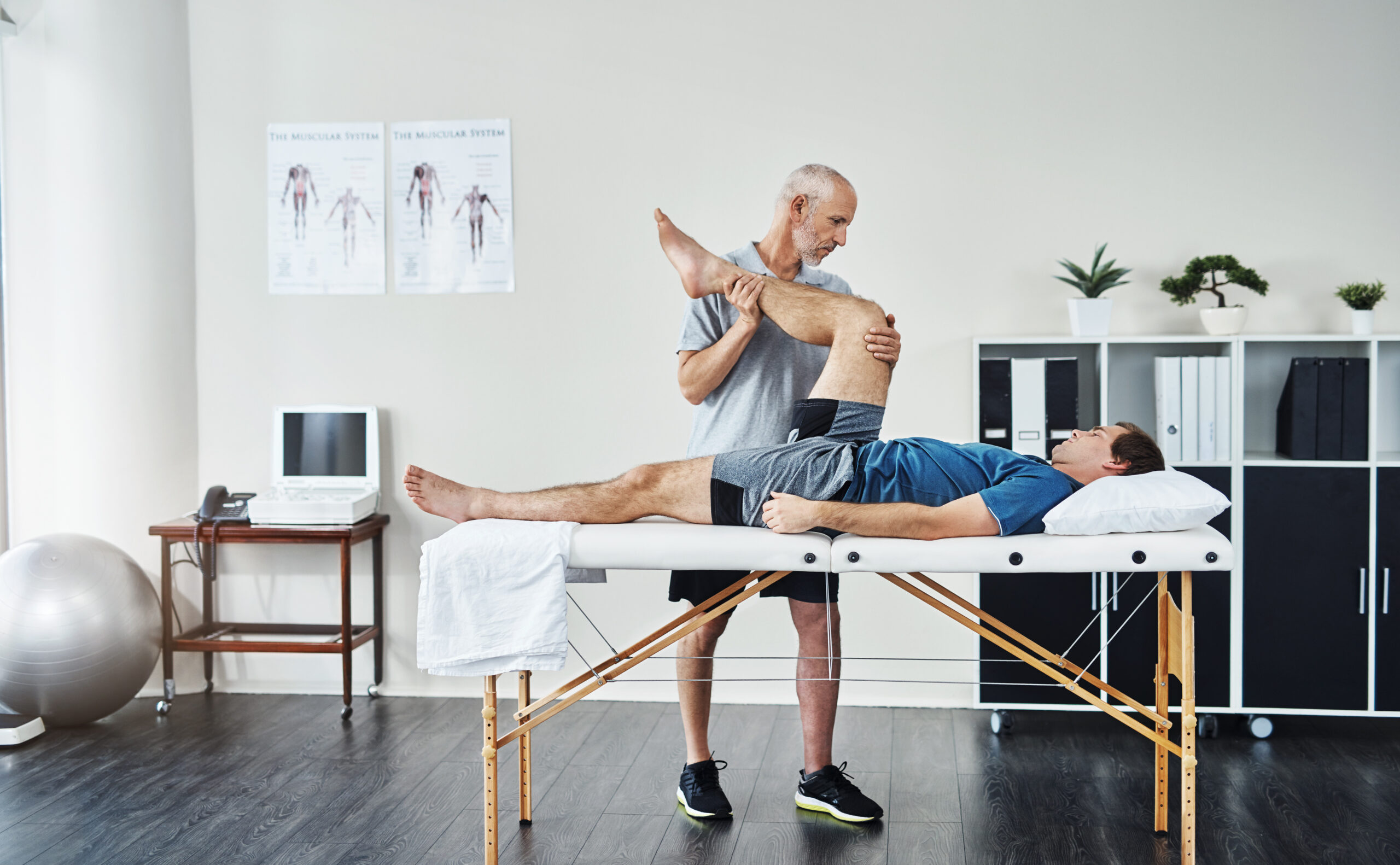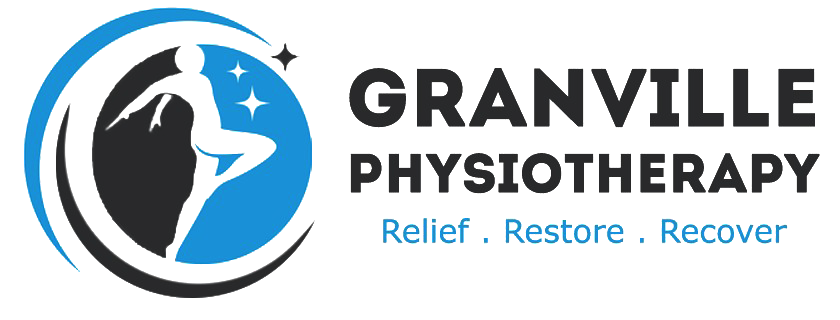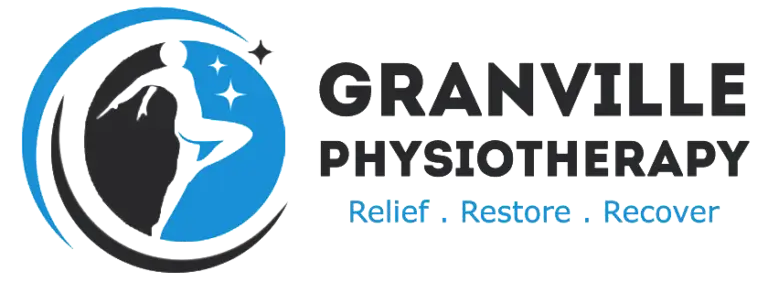Training and planning for races
Comparing Traditional and Innovative Physiotherapy Approaches in Edmonton

Physiotherapy is a continuously evolving field, with new techniques and approaches being researched and implemented regularly. Edmonton, as a hub for state-of-the-art medical practices, often witnesses this evolution firsthand. While traditional physiotherapy techniques have stood the test of time, innovative approaches are gaining momentum and offering fresh perspectives on treatment. In this article, we’ll explore and compare these methods.
You can book your online appointments even now!
What Constitutes Traditional Physiotherapy Edmonton Techniques?
- Manual Therapy: This hands-on approach involves massage, manipulation, and mobilization to reduce muscle tightness and pain.
- Exercise Therapy: A cornerstone of physiotherapy, exercise therapy employs specific sets of movements to restore function, increase strength, and improve mobility.
- Electrotherapy: Techniques like TENS (Transcutaneous Electrical Nerve Stimulation) employ electrical pulses to provide pain relief and stimulate muscle function.
- Heat and Cold Therapy: By using hot or cold packs, physiotherapists can mitigate inflammation, ease pain, and relax muscles.
- Acupuncture: This ancient practice involves the precise placement of slender needles at specific points on the body. Acupuncture is often used in physiotherapy to relieve pain and promote healing.
- Dry Needling: Dry needling targets muscle knots and tension points directly, offering relief from chronic pain and tightness.
How Are Innovative Approaches Changing the Landscape of Edmonton Physiotherapy?
Virtual Physiotherapy: The technological evolution now facilitates online consultations and exercises, enabling patients to receive professional guidance without leaving their homes.
Biomechanical Analysis: With state-of-the-art equipment, physiotherapists can now analyze a patient’s movement in real-time, enabling precise diagnosis and tailored treatment plans.
Shockwave Therapy: A recent addition to the physiotherapy toolbox, this method utilizes acoustic waves to stimulate healing, reduce pain, and increase cellular activity. It’s particularly effective for chronic conditions and sports injuries.
Bioness L300: This system is designed for foot drop caused by upper motor neuron disease/injury. Through its intuitive technology, the Bioness L300 stimulates muscles to lift the foot, aiding in a more natural stride and improving walking speed and stability.
WalkAide: A revolutionary device for foot drop, WalkAide employs functional electrical stimulation (FES) to activate the leg muscles, promoting a more natural walking pattern. By targeting the peroneal nerve, it assists those with conditions like multiple sclerosis, stroke, and cerebral palsy.
Bioness H200: This is a hand rehabilitation system employing neuromuscular electrical stimulation to facilitate muscle re-education. It aids in hand function, helping patients regain the ability to open and close their hands and improving voluntary hand movement.
Graded Motor Imagery (GMI) Training: GMI is a sequenced process involving several stages of cognitive exercises. It’s used for pain management and motor rehabilitation. The therapy involves left-right discrimination, explicit motor imagery, and mirror therapy. By mentally practicing movements without physically moving, patients can reduce pain, improve movement, and accelerate recovery. GMI is particularly beneficial for patients with complex regional pain syndrome, phantom limb pain, and post-stroke rehabilitation.
How Do Physiotherapy Clinics Incorporate Both Approaches?
At physiotherapy clinics, the belief is in a blended approach. Recognizing the strengths of traditional methods, they form the foundation of the clinic’s practices. Yet, there’s also a keen understanding of the benefits brought by innovative techniques.
Patients might start with manual therapy to address immediate pain but could be introduced to dry needling sessions to tackle persistent muscle knots. Similarly, while exercise therapy remains a staple, the addition of biomechanical analysis ensures that the exercises prescribed are optimized for each individual.
How Does the Integration of Both Approaches Benefit Patients?
The dual approach adopted by clinics in Edmonton allows for a more comprehensive treatment plan tailored to the unique needs of each individual. Here are some distinct benefits:
- Personalized Treatment: Every patient is different. While one person might respond well to manual therapy, another might find relief through shockwave therapy. The availability of both traditional and innovative methods ensures that treatments can be customized to the individual.
- Faster Recovery: By leveraging a combination of methods, physiotherapists can often expedite the healing process. Traditional techniques might set the groundwork, while innovative ones can tackle more specific issues or accelerate rehabilitation.
- Enhanced Patient Experience: The choice gives patients a sense of control over their treatment. They can actively participate in their recovery, understanding the benefits of each approach and choosing what feels right for them.
Are There Any Challenges in Merging Traditional and Innovative Techniques?
Like any medical field, challenges exist. The main hurdle might be ensuring that the introduction of new techniques doesn’t overshadow the importance of traditional ones. It’s essential for physiotherapists to strike a balance.
Cost can also be a consideration. Some innovative techniques might require specialized equipment or training, leading to higher treatment prices. However, the long-term benefits, especially in terms of faster recovery and reduced pain, often justify the initial expense.
Which Approach is Right for Me?
There isn’t a one-size-fits-all answer. The ideal approach depends on the patient’s specific condition, preferences, and goals. Some might find quicker relief with innovative methods, while others could benefit from the tried-and-tested traditional techniques.
However, the option is to blend both. Patients aren’t limited to one approach but have the freedom to explore a mix that offers the best possible outcomes.
Embracing the Best of Both Worlds
The dynamism in the field of physiotherapy, especially in hubs like Edmonton, offers patients a broad spectrum of therapeutic possibilities. Whether it’s the timeless effectiveness of traditional methods or the promise of cutting-edge techniques, there’s a solution for everyone. Clinics like Granville Physiotherapy stand at this intersection, providing care that is both rooted in history and forward-looking. Embracing both traditional and innovative approaches ensures that patients receive comprehensive, tailored, and effective treatment.
You can book your online appointments even now!
Search
Recent Category
Categories
- Injury Tips (1)
- Pelvic Floor (1)
- physical therapy (2)
- Physiotherapy (8)
- sports (1)
- Stretching Guide (2)
- Tips for Pain (2)
Recent Blog Posts
Important Blogs
-
Looking for Reasons to Start StretchingAugust 23, 2022/0 Comments
-
Physical Therapy Can Help With Sports InjuriesSeptember 28, 2023/
-
Training and planning for racesAugust 24, 2022/




